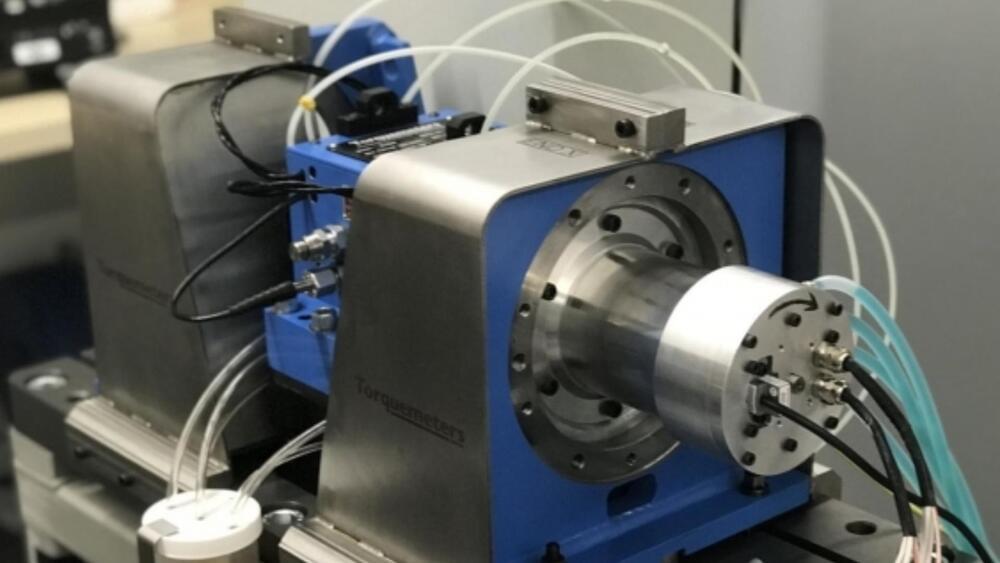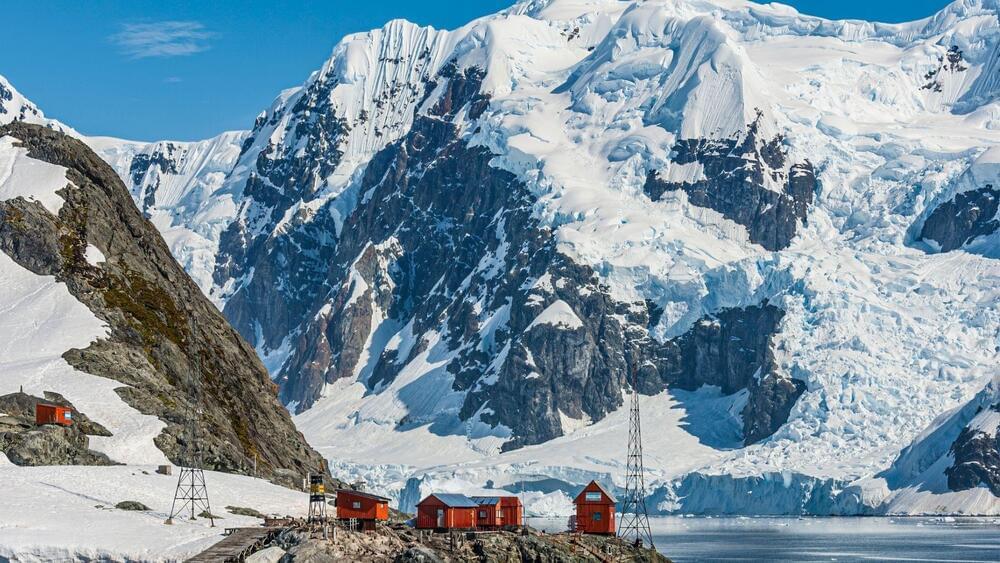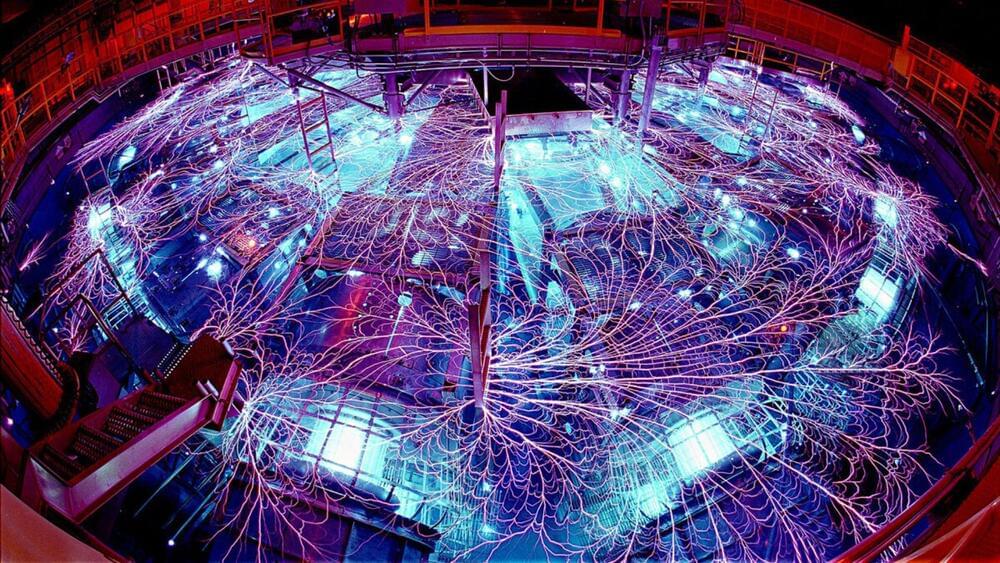This is also the fastest IPMSM built with commercialized lamination materials.
Researchers at the University of New South Wales Sydney have developed a new electric motor that can clock 100,000 revolutions per minute. The high power density achieved as a result of this new design could help reduce the weight of electric vehicles (EVs) and thereby increase their range, a university press release said.
EV makers around the world have been looking for ways to address the range anxiety of their battery-powered vehicles. One of the options is to increase the size of the battery pack, which also increases the weight of the vehicle, creating more problems to solve.







